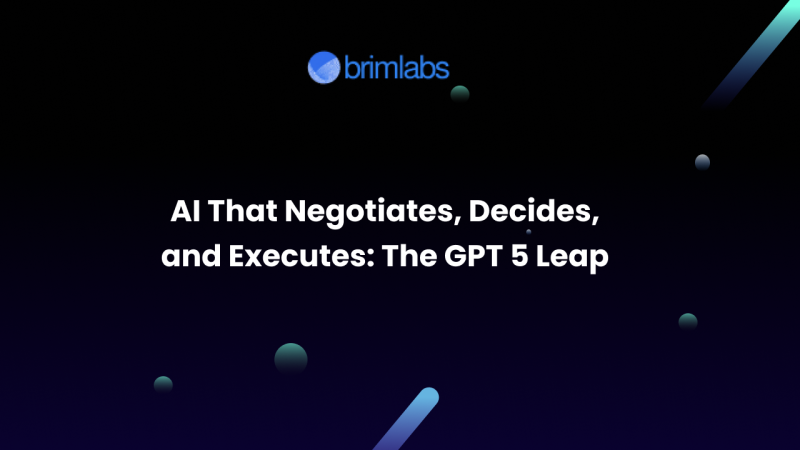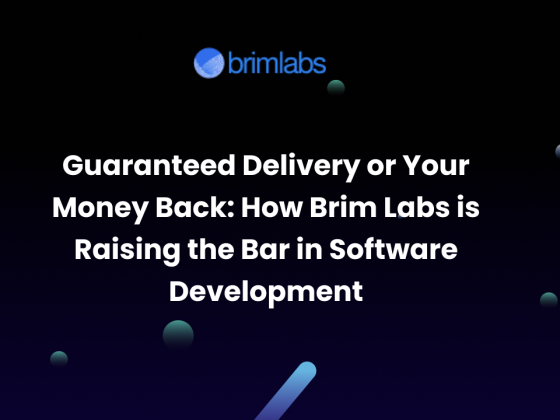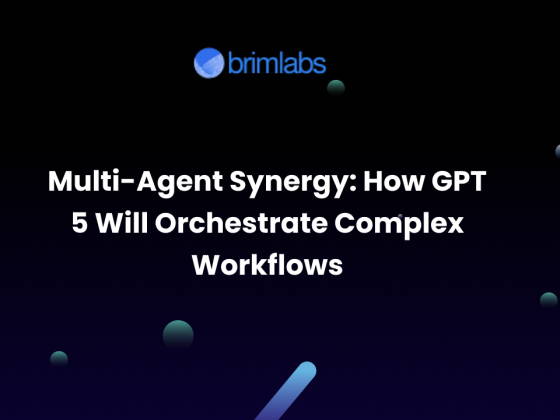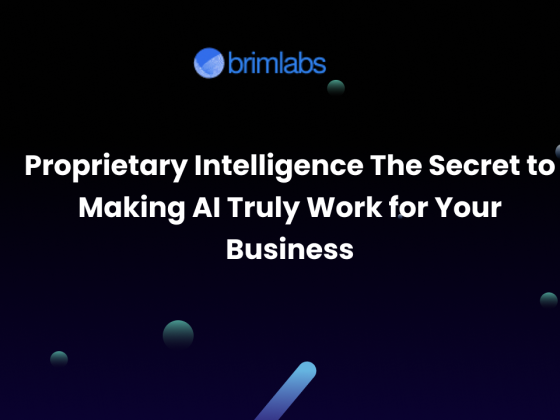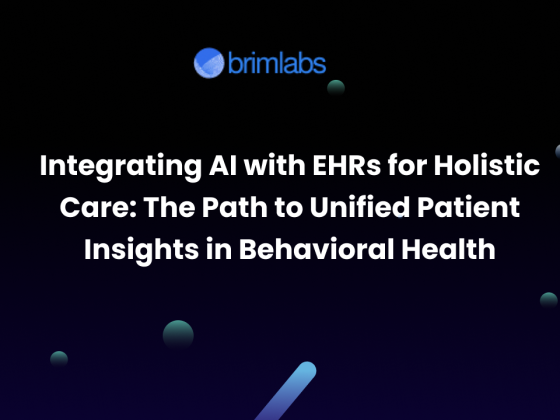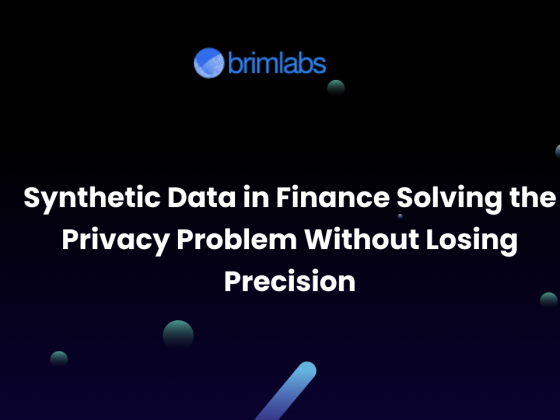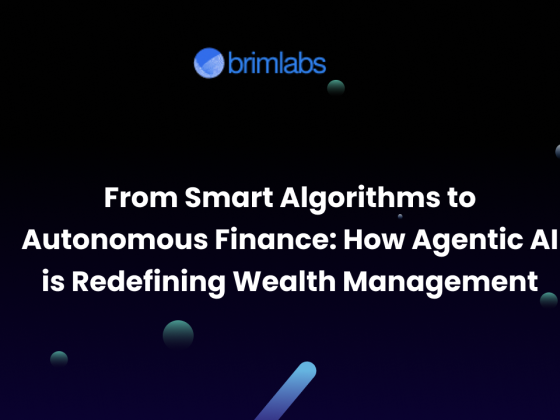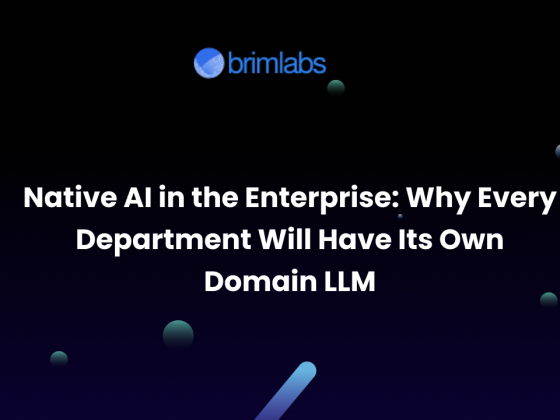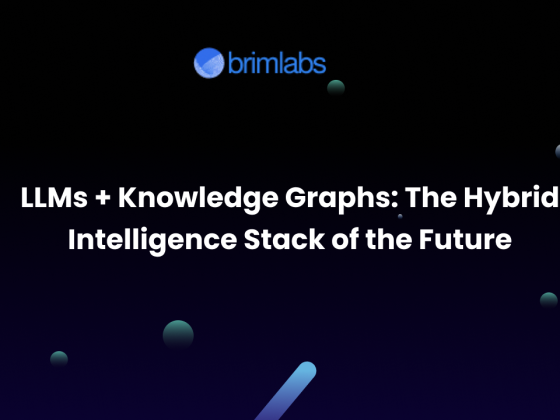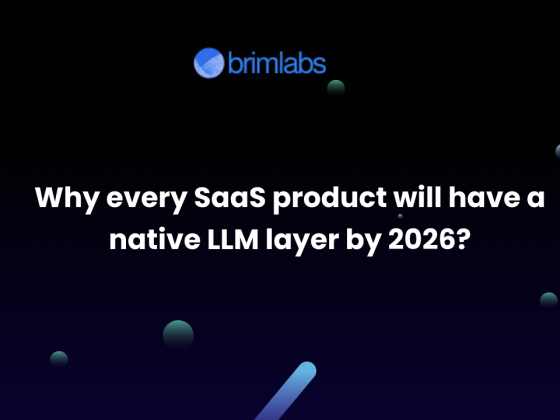AI has been great at assisting. It could recommend, summarize, and automate small repetitive tasks. But there was always a limit. Humans still had to make the final call, negotiate terms, and carry the execution across the finish line. With GPT 5, that boundary is disappearing.
We are entering a new phase of AI, one where large language models do not just answer questions or automate scripts. They can now hold negotiations, make decisions based on complex multi-variable reasoning, and execute actions across systems with little to no human intervention. This is not a future concept. It is happening now.
The Shift from Assistant to Autonomous Agent
Until now, AI has been reactive. Even with GPT 4, while models could reason at a high level, they were primarily text-bound. GPT 5 changes that by integrating advanced reasoning chains, multi-modal understanding, and direct action capabilities via secure API calls and agent frameworks.
This leap means the AI can:
- Negotiate with vendors or partners using pre-set business rules
- Decide on resource allocation, pricing adjustments, or campaign strategies in real time
- Execute transactions, schedule deployments, and trigger system-level actions without waiting for human approval
In short, GPT 5 acts less like a tool and more like a trusted team member.
Why Negotiation is the Real Breakthrough
Negotiation has always been considered one of the most human skills. It requires reading context, understanding incentives, predicting responses, and finding win-win solutions. GPT 5’s multi-modal and memory-anchored reasoning allows it to manage all these factors dynamically.
Imagine an AI agent negotiating SaaS contract renewals. It can review historical usage, benchmark market rates, identify points for leverage, and interact with the vendor in a natural, persuasive conversation, all while aligning with your company’s profit margins and compliance requirements.
This is not just efficiency. It is a competitive advantage.
Decision Making That Adapts in Real Time
Traditional AI decision-making has relied on static models. GPT 5 introduces adaptive decision frameworks, meaning it can learn from the outcomes of previous actions, integrate live data streams, and pivot strategies instantly.
For example, in a global e-commerce business, a GPT-5 agent can:
- Adjust inventory orders based on live supply chain updates
- Re-price products in reaction to competitor moves
- Shift marketing budgets in real time depending on campaign performance
These decisions happen faster than any human team could coordinate, and with far less error.
Execution Without Bottlenecks
The final frontier in automation has been execution, the actual doing. GPT 5 can now integrate directly into ERP systems, CRMs, marketing platforms, and payment gateways to carry out the decisions it makes.
Think of it as moving from “AI tells you what to do” to “AI makes it happen.” This could mean:
- Closing deals without manual contract revisions
- Launching marketing campaigns across multiple channels instantly
- Managing compliance workflows automatically with full audit trails
When execution becomes native to AI, businesses can scale operations without scaling headcount at the same pace.
GPT 5–Powered Use Cases Already Emerging
Here are some real-world examples of how GPT–5–enabled agents are starting to operate:
- Procurement Bots: AI that negotiates raw material prices with multiple suppliers simultaneously, locking in the best terms while adhering to budget constraints.
- AI Sales Closers: Virtual agents that handle inbound leads, qualify them, negotiate contract terms, and push agreements directly into DocuSign for signatures.
- Automated Compliance Managers: Agents that review regulatory updates, map them to internal processes, and automatically update documentation or trigger remediation tasks.
- Dynamic Pricing Strategists: Retail bots that monitor competitor prices and adjust product pricing in real time across multiple marketplaces.
- Portfolio Rebalancing Advisors: AI in wealth management that adjusts investment portfolios based on live market trends and client-specific risk profiles.
These are not prototypes; they are early deployments that will become mainstream within the next two years.
The Business Impact of GPT 5 Autonomous Agents
The GPT 5 leap is not just about new capabilities. It changes how businesses think about growth, efficiency, and competitive strategy. Early adopters will see:
- Faster decision cycles and shorter sales negotiations
- Reduced operational costs through automated execution
- Higher deal closure rates due to tireless and data-driven negotiation
- Real-time adaptability in volatile markets
In industries like finance, healthcare, e-commerce, and SaaS, the speed and accuracy advantage can translate directly into market share.
Risks and Governance
With great autonomy comes the need for strong guardrails. Businesses adopting GPT 5 agents must set clear boundaries through:
- Policy-based permissions for negotiations and transactions
- Transparent audit logs for every decision and action
- Fail-safe conditions where human intervention is mandatory
- Continuous training with domain-specific data to avoid bias or misinterpretation
Governance will be as important as innovation in this new phase of AI adoption.
The Road Ahead with Brim Labs
GPT 5 is more than an upgrade. It is the inflection point where AI becomes a true operational partner. At Brim Labs, we are helping companies design and deploy GPT 5–powered agents that do not just assist, but actively negotiate, decide, and execute. From building intelligent procurement systems to AI-driven compliance managers, our teams are embedding these capabilities into real-world workflows that deliver measurable business impact.
The leap is here. The question is no longer whether AI can negotiate, decide, and execute; it is whether your business is ready to put that power into action.

